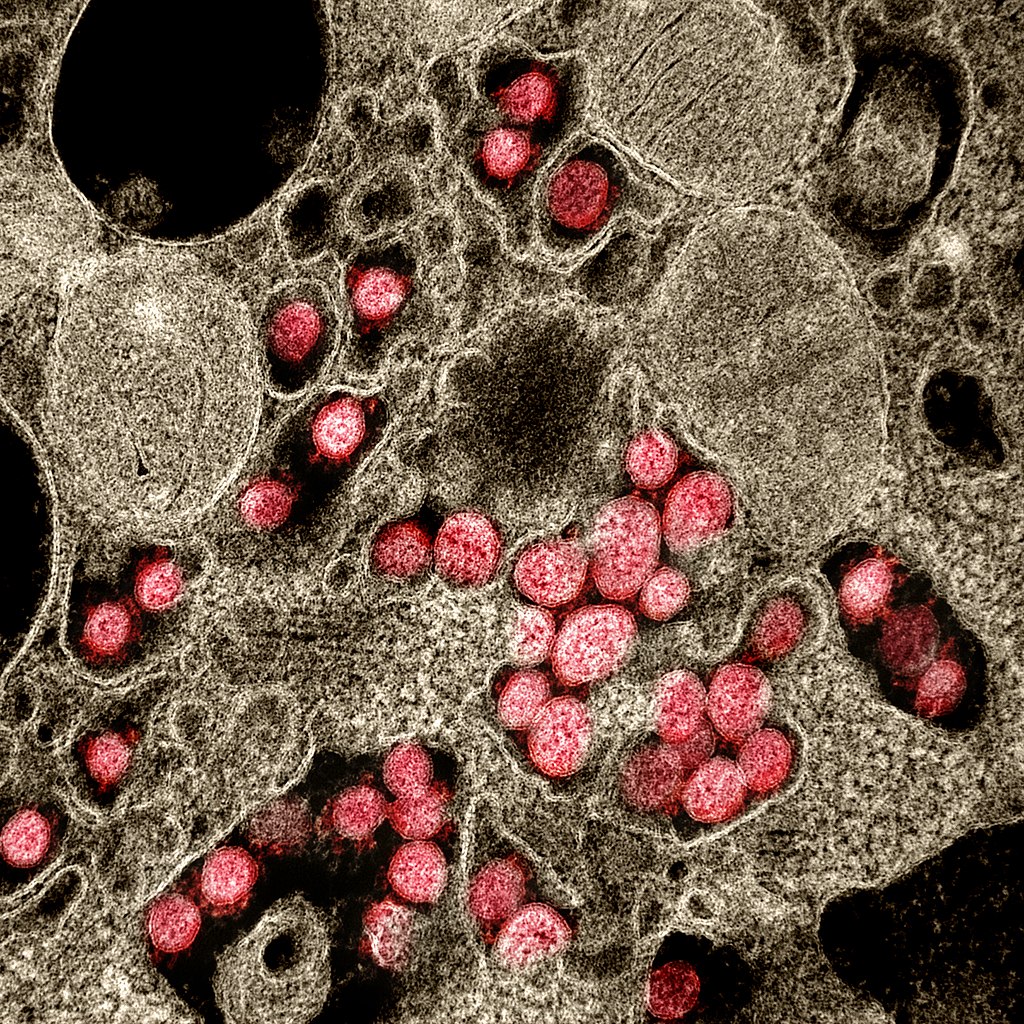There are two studies in this article: the Ningbo Study and its reanalysis.
The Ningbo Municipal Center made the Ningbo Study for Disease Control and Prevention. The purpose was to know how infectious is the new coronavirus infection. That new coronavirus infection is later known as the COVID-19 disease.
The Ningbo study concluded that people with the new coronavirus, with and without symptoms of the disease, are equally highly infectious.
The reanalysis corrected the inconsistencies and strengthened the results of the Ningbo study.
One value of the Ningbo study is that it shows the specific situations where people get infected with Covid-19. Knowing this can help prevent getting infected.
A. Ningbo Study
Sources of infection classified by contacts
Life Contacts:
The numbers show the percentages of disease among the 2,147 close contacts studied.
Friends have the highest infection rate (22.31%). Family members (18.01%)
Family members were infected by cohabitation (18.07%) and dinner (11.75%). Relatives were mainly affected during dinner (4.73%). This suggests that prolonged unprotected close contact is a high-risk factor for Covid-19 pneumonia infection.
- Infection by neighbors is by outdoor dialogue (20.00%).
- Dinner parties/reception/entertainment (12.50%)
- Meeting guests, playing card games, entertainment, and other recreational activities (7.18%)
- Short-term face-to-face, unprotected conversations or services (6.02%).
Hospital Contact: Some cases were infected in a hospital in the presence of other COVID-19 cases (1.94%). No infections were noted in close contact with medical personnel.
Vehicle Contact: Transportation when a confirmed case was there (4.55%).
General contact: Method of infection are mainly in malls, assembly places, or vegetable farms (1.16%), supermarkets, market shopping, etc. (0.56%).
How Infectious is Covid-19 based on the Ningbo Study?
The infection rate of close contacts of confirmed (symptomatic) cases is 6.30%
The infection rate of close contacts of asymptomatic infections is 4.11%. There is no statistical difference between both.
Incubation Period
The shortest incubation period 2 days, the longest was 18 days, and the median was 5.5 days.
The Ningbo Study ended with the following recommendation,
The study found that unprotected face-to-face conversations in the outdoor environment can also cause disease transmission, suggesting that the disease is more contagious.
It is necessary to carry out targeted health guidelines to guide the public to do personal protection.
It is recommended that during the epidemic, the public should still wear masks for the necessary protection in outdoor places with high personnel density, and maintain ≥1 m between people safe distance.
B. Reanalysis of the Ningbo Study
The conclusion in the Ningbo study is that there is no difference in infectivity between the symptomatic and asymptomatic cases,
However, when they analyzed each personal relationship (friends, family, etc.) and types of contact (market, hospital, transportation, etc.), there is a difference in disease transmission. That creates an inconsistency.
Yin and Jin did the reanalysis was done to investigate that inconsistency. This time, the Department of Statistics and Actuarial Science from the University of Hong Kong and the Department of Biostatistics, University of Texas MD Anderson Cancer Center in Houston, Texas (different from the first study) used what they think are more appropriate statistical tools.
They are the Fisher’s Exact test, Odds Ratio, and estimated Transmission rate.
The test used in the Ningbo study is the Chi-square test.
The reanalysis concluded that asymptomatic carriers and symptomatic Covid-19 patients are equally infectious in all situations or places they may be.
Take-Away Message
- Anyone may be infectious with the Covid-19.
- Masks should be worn outside, especially if there are people around.
- Inside the house, it is better to wear a mask if living with a high-risk person. They are the elderly and people with medical problems like hypertension and diabetes.
- Social distancing works.
Handwashing and proper use of disinfectants are needed to prevent Covid-19.
Feel free to share. Don’t miss an article. Subscribe for free with your email.
Don’t Get Sick!
Related reads:
-
Can Talking Spread Viruses?
-
The Covid-19 is still present after the illness.
-
-
Asymptomatic is not Always what it Seems
-
SARS-CoV-2 Contamination in the Hospital Setting
-
How Long Can the Covid-19 Virus Survive in Common Surfaces?
-
Asymptomatic is not Always what it Seems
-
How to Fight an Invisible Enemy
-
Using the 80/20 Principle for Covid-19
-
10 Things Anyone Can Do to Lower the Covid-19 Death Rate
-
New Covid-19 data confirms the need for 2-week Quarantine
-
Protecting At-Risk People from Covid-19
-
The Complete COVID-19 Articles
References:
Chen Y, Wang A, Yi B, et al. The epidemiological characteristics of infection in
close contacts of Covid-19 in Ningbo city. Chin J Epidemiol 2020; 41.
doi:10.3760/cma.j.cn112338-20200304-00251 (Open with Chrome and Translate)
Guosheng Yin, Huaqing Jin. Comparison of transmissibility of coronavirus between symptomatic and asymptomatic patients: Reanalysis of the Ningbo Covid-19 data.
medRxiv 2020.04.02.20050740; doi: https://doi.org/10.1101/2020.04.02.20050740
Image Credit:
Electron microscope of SARS-CoV-2 in the lung tissue By National Institute of Allergy and Infectious Diseases (NIAID) – Novel Coronavirus SARS-CoV-2, CC BY 2.0, https://commons.wikimedia.org/w/index.php?curid=87960895
© 2018 – 2020 Asclepiades Medicine, LLC All Rights Reserved
DrJesseSantiano.com does not provide medical advice, diagnosis, or treatment
Discover more from Don't Get Sick!
Subscribe to get the latest posts sent to your email.





























